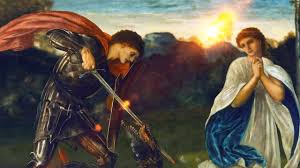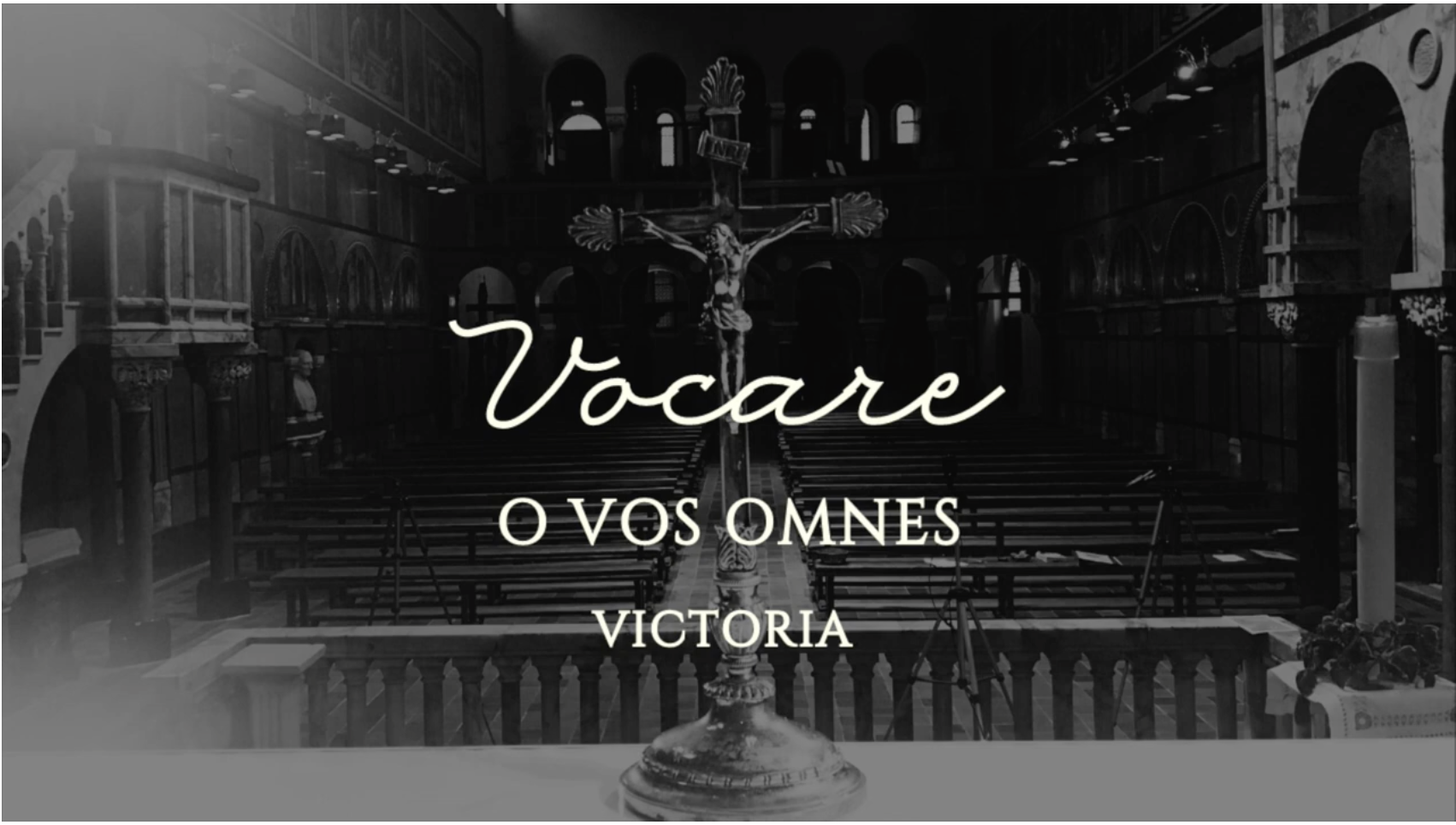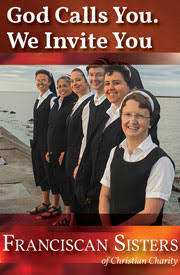In recent columns, I have been telling the story of the little suffering souls:
Audrey Stevenson died at 7 after suffering from leukemia and bringing faith into her family.Margaret Leo died at 14 after suffering with spina bifida yet cheerfully living a life of Christian charity.Brendan Kelly died at 15 with Down syndrome and a life of leukemia, and is still inspiring all those who met him.
What strikes you first about their stories is how much they suffered. We are talking about intense and long-lasting physical and mental pain, excruciating suffering, the kind that would make a Marine call out for his mother in his final moments.
Both Audrey and Brendan received invasive treatments of chemotherapy, steroids, spinal taps, and eventually bone marrow transplants. They lived long stretches of their lives without immune systems where danger lurked behind every errant microbe.
Margaret Leo had titanium rods inserts into her back in order to slow the bending of her spine. Instead the rods bent. To this day they sit on her father’s office desk to remind him of what a bad day is really like.
Audrey’s parents had to order her to talk about her pain so they and the doctors could help. Margaret would rarely mention her pain and mostly smiled through it. In the deepest pain, Brendan tried to make his parents laugh so they would not worry about him. Most children are not like this. We adults aren’t like this.
As human beings we simply cannot imagine such pain. We run from pain. We mask pain with ever-improving pain relievers. We take to our beds. We whimper and complain. We talk about our pain, perhaps every day. “How are you” can invite a catalogue of even the littlest pains. Yes, sometimes we think to offer it up as Catholics do, but mostly we don’t.
Suffering is one of the great mysteries. It has occupied not only the greatest minds of all time, but yours and mine, too. One of the Four Noble Truths of Buddhism includes suffering and how to use the Noble Eightfold Path to avoid it. Hinduism sees suffering as a kind of punishment for bad behavior. Islam says the faithful must endure suffering as a test of faith.
Only Christianity sees suffering as redemptive, as a way to share in the suffering of Christ on the Cross and to lessen his pain. Catholics also believe suffering can be offered to lessen the pain of others. This notion is utterly foreign to most faiths.

Christ Blessing the Children by Lucas Cranach the Younger, c. 1640
One reader objected strenuously to some ideas in the column about Audrey. She simply could not fathom the idea that Audrey’s story could be true. She warned that adults sometimes impose certain ideas upon young people and wondered if Audrey’s parents imposed a kind of early religiosity on her. The reader, who is Jewish, wondered if adults sometimes see things in children that are not really there. You can see how that could be the case.
I did a radio interview about Audrey with a Catholic radio network. The host urged me to look into the case of Audrey Santo, whose cult grew up when, after a swimming accident, she suffered from something called akinetic mutism in which she could neither move nor speak. Her mother took her to Medjugorje and announced that her daughter, at the request of the Virgin Mary, had agreed to become a victim soul. It was said she had the stigmata, statues wept – and so on. Her bishop urges caution.
The cases I wrote about are not like this. No weeping statues. No stigmata. Only normal children in extraordinary circumstances. They were children first and foremost, not objects of religious imaginations. None of them wanted to be sick or to suffer.
Brendan was the life of the party. I have seen pictures of him dancing at weddings with friends and family cheering him on. He loved sports. Audrey may have had an acute sense of propriety, shying away from some birthday parties because of bad words she might hear there, but still she was a normal little girl who played with her sisters and her friends. Margaret loved to watch other children play in the park. They were normal everyday children who happened to be given great crosses – and then great gifts in carrying them.
They are saints of the every day world. More than that, they are saints for our time because the other thing that strikes me about them is that they were born into vast spiritual deserts. While their families were largely faithful Catholics, these children grew up in a larger social milieu of power, influence, and wealth that tends to shun religion. These are the real deserts of these wealthy times.
Brendan was friends with James Pavitt, former head of the clandestine service of the Central Intelligence Agency. Erik Prince, the controversial founder of Blackwater security service, cried like a baby when Brendan died and flew his entire large family in from the Middle East for the funeral.
Audrey was born into a socially connected family in France with branches of family influence in the United States and other countries.
Margaret Leo became good friends with Supreme Court Justice Clarence Thomas. Her picture sits on his desk in a picture holder she fashioned crudely out of pop-cycle sticks.
When you think of children given great spiritual gifts you usually think of them as shepherds or something like that at Fatima and Lourdes. Not these children. These children were given great material gifts, great opportunities for education, and social connections. God placed these little suffering souls in these places and in this time for a reason and one of those reasons is so their stories can touch the souls living in the grand houses of Great Falls, McLean, Paris and beyond.
Audrey Stevenson, Margaret Leo, Brendan Kelly, pray for us.















